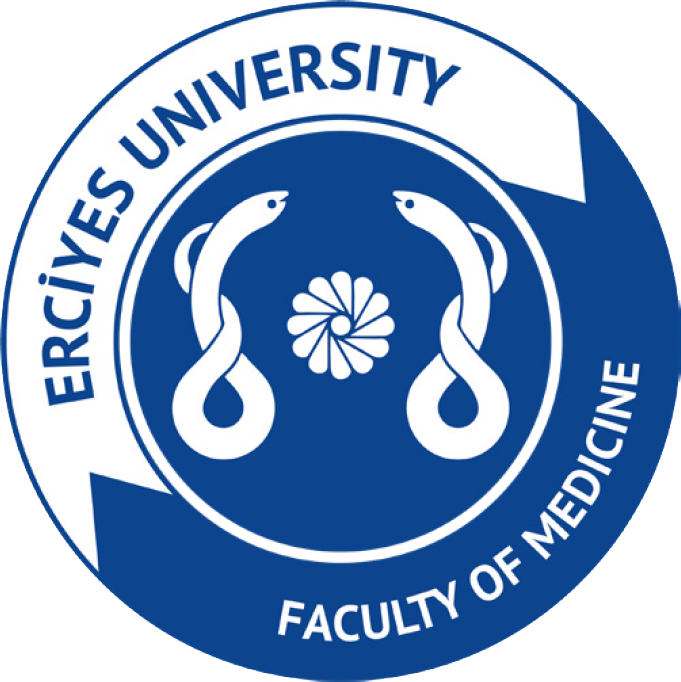2Department of Nutrition and Dietetic, Kapadokya University, Nevşehir, Türkiye
3Division of Intensive Care, Department of Internal Medicine, Erciyes University, Faculty of Medicine, Kayseri, Türkiye
4Nutrition and Metabolic Support Service, Emory University Hospital, Faculty of Medicine, Atlanta, Georgia, USA
Abstract
Objective: Plasma thiamine concentrations are decreased with inflammation, but approximately 90% of thiamine is within erythrocytes. We evaluated the effect of enteral nutritional therapy and inflammation on plasma thiamine and erythrocyte thiamine pyrophosphate (eTPP) concentrations, respectively, in critically ill patients.
Materials and Methods: Blood samples were obtained from participants within the first 24-h of ICU admission, and the second sample was obtained on the discharge day in participants with ICU stay <7 days or on the 7th ICU Day in participants with ICU stay>7 days. Plasma thiamine and eTPP levels were analyzed by high-pressure liquid chromatography (HPLC). Serum C-reactive protein (CRP) concentrations were determined by turbidimetric analysis.
Results: Fifty participants, 57% male, were included, and the median age was 68.0 (range: 52.5–75.5) years. The mean plasma thiamine concentration was 13.6±5.22 nmol/L at the first time point, 15.2±5.06 nmol/L at the second time point (reference range: 8–30 nmol/L). The median eTPP value was 621 (range: 407–922) ng/gHb at the first time point and 588 (range: 338–889) ng/g Hb at the second time point (reference range: 275–675 ng/gHb). Plasma thiamine and eTPP concentrations were significantly lower in orally fed participants versus those receiving enteral tube feeding (p<0.05 for both study time points). Multiple linear regression revealed that plasma thiamine and serum CRP levels significantly predicted eTPP value (F=3.623, p=0.020, R2=0.78).
Conclusion: Participants receiving enteral tube feeding had higher plasma thiamine and eTPP concentrations than those who received an oral diet alone. eTPP concentrations can be predicted by plasma thiamine coupled with serum CRP levels.


